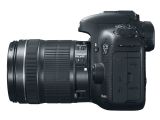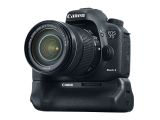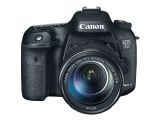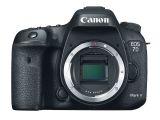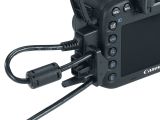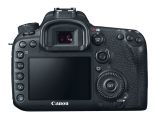Photokina 2014 has opened its gates, and one of the first products to make an appearance is the highly-anticipated Canon EOS 7D Mark II.
This is the successor of the original 7D model, which has been hailed as an excellent DSLR model by users and reviewers alike.
The new EOS 7D Mark II brings a lot of new or improved features to the table, as one would expect in case of a next-gen product like this.
Canon EOS 7D Mark II brings a whole host of improvements
First and foremost, we should mention that the Mark II takes advantage of a new autofocus system with 65 autofocus points (all are cross type to deliver advanced levels of sensitivity in portrait and landscape mode).
The 7D Mark II features a 20.2MP CMOS sensor, which is the same as the one the EOS 70D was built around.
Canon has jumped over a generation in the processor department, where we now find a Dual Digic 6 chip (instead of the Digic 4, like with its predecessor), so the camera is bound to perform a lot better. It’s capable of shooting 10 framers burst shooting, which is in league with its new and fast autofocus system.
The 7D Mark II has been built to shoot in all sorts of conditions – bright light, low light, you name it. The shooter ISO range is one of 100-16,000 and users will be able to push things up to 51,200 is they really need it.
The Canon EOS 7D Mark II does not have a tilting screen
Even if the competition seems to have taken a liking to tilting LCDs, Canon is sticking to a fixed 3-inch panel that’s not a touchscreen. However, it does have a large optical viewfinder with a full 100% view.
The new EOS 7D II takes advantage of built-in GPS, so photographers can geo-tag their work, something that will come in handy when cataloguing images.
In the video department, we have to mention the 1080p capturing feat that can be done to up to 60fps. Canon has added a new anti-flicker mode so photographers wouldn’t have to worry about things such as flickering lights popping up in their shots.
The spec list goes on to include a microphone, headphone jack, and clean HDMI out, USB 3.0. It’s also worthy to note that you can sync two cameras too.
The camera is compatible with UDMA cards, SD, DSHC and SDXC memory cards.
Those thinking of purchasing the new Canon DSLR will also be able to take advantage of a Speedlite transmitter for controlling flashguns off camera (Canon ones, of course).
The camera is made of magnesium, so it’s pretty sturdy and is also four times more dust- and weather-resistant than the original 7D.
Note the camera is compatible with older packs as well, but we are yet to find out how long the camera life actually is. As you can see, the new 7D Mark II looks pretty impressive, but the price is quite hefty.
Canon will start selling the new DSLR starting this November for $1,799 / €1,388 body only and $2,149 / €1,659 if you want to grab it with a 18-135mm f/3.5-5.6 IS STM lens.
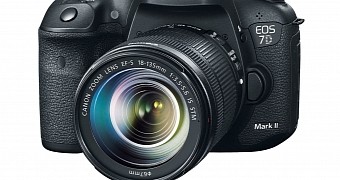
 14 DAY TRIAL //
14 DAY TRIAL // 
